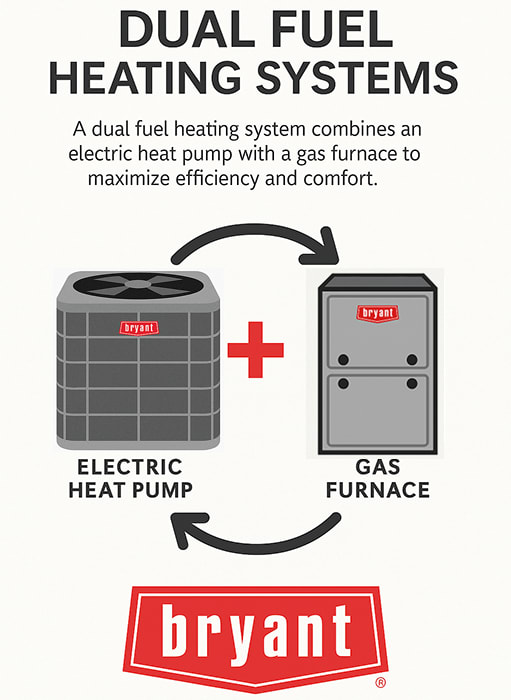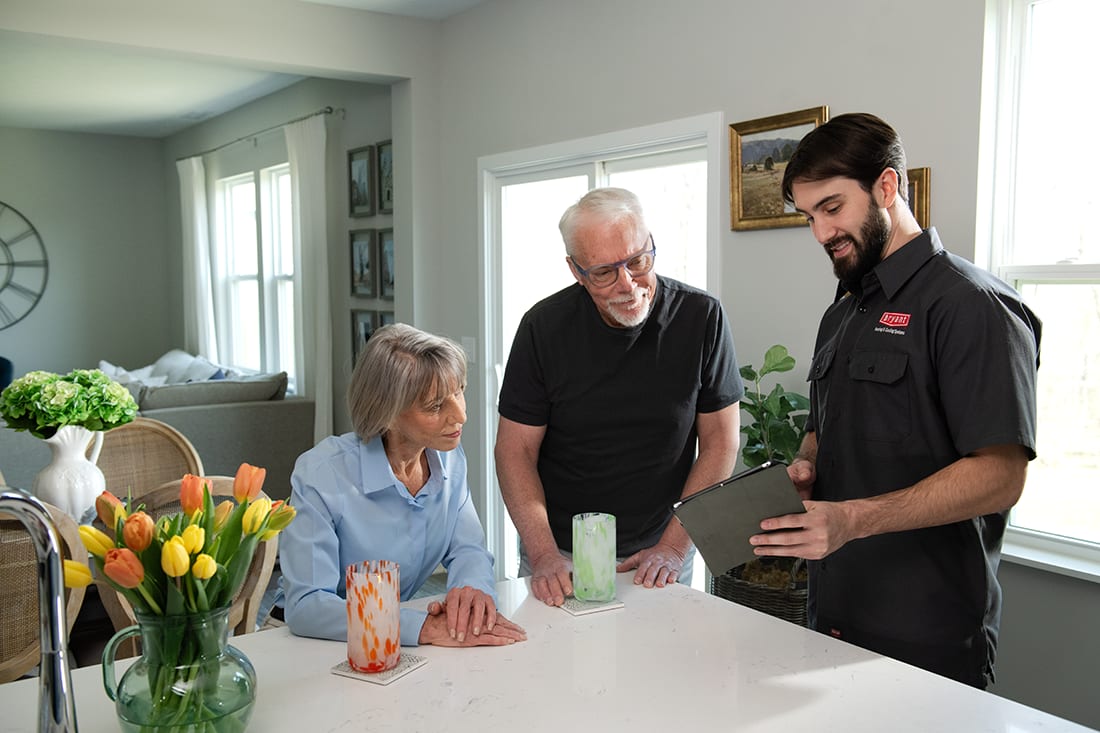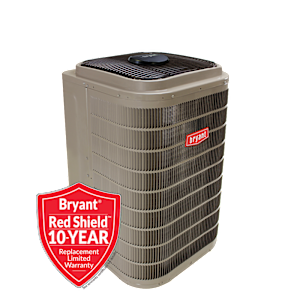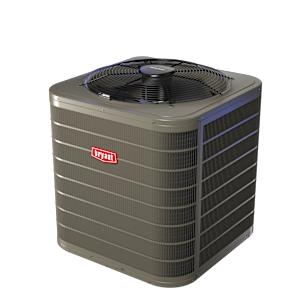Dual Fuel Heat Pump
Dual fuel heat pump systems blend the comfort of a heat pump with the reliability of a furnace, ensuring warmth during the coldest months while optimizing energy use. Bryant's dual fuel heat pumps integrate cutting-edge technology, providing consistent comfort and peace of mind. Explore how these systems work, their benefits, and determine if they are ideal for your residential heating needs.
What is a Dual Fuel Heating System?

How Does a Dual Fuel HVAC Work?
- What temperature is the heat pump more efficient and at what temperature is the gas furnace more efficient?
- What kind of home do you have?
- How old is the home?
- What is the insulation and windows look like?
Advantages of Dual Fuel Heat Pump Systems
- Energy efficiency: By seamlessly integrating a heat pump with a traditional furnace, these systems optimize energy use according to outdoor temperatures. The heat pump extracts heat efficiently during milder weather, while the furnace provides warmth in colder conditions, using only the necessary energy. This smart operation can help lead to reduced heating bills.
- Help lower your carbon footprint: Primarily relying on electricity, which can come from renewable sources, these systems reduce greenhouse gas emissions compared to conventional methods. Choosing a dual fuel heat pump system is an investment in your home and a step towards sustainability.
- Enhanced comfort: Adjusting heating solutions based on temperature, they offer tailored climate control, ensuring consistent warmth without abrupt temperature shifts typical of traditional systems. This ensures year-round comfort for you and your family, irrespective of weather changes.
“The advantages of a dual fuel system include energy efficiency and the cost savings of automatically switching between sources of heat based on the parameters that the dealers enter into the thermostat when installing the system,” Lea said.
Another big advantage Lea sells to customers is having a backup source of heat in the home.
“If the gas furnace or heat pump fails for some reason, you have another source of heat in the home, which also helps prevent pipes freezing,” Lea said.
Being able to switch between heating sources has the potential for financing advantages, too.
“Another big thing is if electric rates or natural gas prices spike or skyrocket for some reason, you have the ability to pick and choose your heating source based on the market utility pricing,” Lea said.
Installation and Maintenance of Dual Fuel Heat Pumps

Is a Dual Fuel Heating System Right for Your Home?
Connect With A Bryant Dealer on Dual Fuel Heat Pump
Discover Bryant Heat Pumps
Choose a Bryant air source heat pump for reliable, energy-efficient heating and cooling all year round. Known for their durability and advanced technology, Bryant heat pumps offer superior comfort while lowering energy costs. With quiet operation and smart features like variable-speed motors, Bryant systems ensure optimal temperature control. Backed by industry-leading warranties and professional installation from your local Bryant dealer, a Bryant heat pump is a long-term investment in comfort, efficiency, and peace of mind for your home.
Dual Fuel Heat Pump FAQs
- Read our guide to heat pump cost
- Discover what is auxiliary heat
- Learn about 3 ton heat pumps 4-ton heat pumps
- Explore cold climate heat pumps
- Explore the value of high efficiency heat pumps





